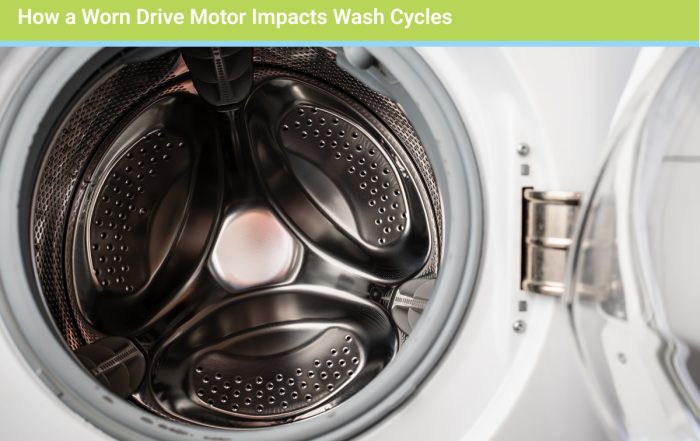
Dryer sheets or dryer balls? Let’s find out.
Laundry is my nemesis. It’s the most thankless job I do. Inevitably, by the time one load is clean, another dirty one has already piled up.
So if I can make this task even a little bit easier, I’m game. From main floor laundry rooms to oversized commercial front loaders that make doing multiple loads at once a breeze, there are definitely ways to make doing the laundry more convenient.
But what if your loads come out of the dryer in a wrinkled, staticky mess? You might find yourself wondering why you even bothered washing them at all. A simple solution is to add a dryer sheet or dryer ball to the cycle.
Although they serve similar purposes, dryer sheets and balls have unique advantages. If you’re disappointed in your laundry results, read our advice to make sure your loads come out perfectly every time.
Best for static cling?
Yuck – there’s nothing worse than a load of freshly washed clothes that crackle with static. So how do you reduce static electricity in the dryer? Both dryer sheets and dryer balls claim to be good at this task.
Dryer sheets contain positively charged particles to balance out the electrostatic charge that’s caused by your clothes rubbing together while they tumble around. Balls, on the other hand, reduce static cling by separating your clothes in the dryer. They don’t have the same science behind them, but if you’re using wool dryer balls (instead of plastic), you can try dampening them to further increase the humidity in your dryer to fight static electricity.
The verdict:
Best for fabric softening?
Dryer sheets work by lightly coating fabrics with oily surfactants. This is the same science that reduces static electricity, and it leaves your clothes irresistibly soft.
While this is great news for most of your laundry, it can cause problems for absorption. Avoid dryer sheets with towels as they’ll stop soaking up water as well. It’s also best to avoid their use with sweat-wicking activewear.
Balls don’t have much to offer in the way of softening, but they do agitate fibers during the drying cycle to help make laundry feel a bit softer and fluffier.
The verdict:
Best for adding a fresh scent?
Walk by an exterior dryer vent and you’ll know how comforting the smell of clean laundry tumbling with a dryer sheet can be. These little gems are loaded with appealing scents to make sure your laundry smells fresh.
Unfortunately, this scent is created by chemicals that are hazardous air pollutants and known or possible carcinogens. While studies are limited, it’s possible that these dryer vent emissions are toxic.
Dryer balls don’t have any scent at all. They come in hard plastic varieties as well as soft wool formats. If you want to scent your laundry, choose wool ones and add your own essential oils before turning on the dryer.
The verdict:
Best for reducing drying time?
While dryer sheets have no impact on drying time, dryer balls can significantly reduce the time it takes for your loads to dry. They effectively separate clothing, allowing warm air to circulate better in between your articles. The end result is clothes that dry faster and energy bills that are a lot lower.
The verdict:
Best for the environment?
We’ve already mentioned that polyester dryer sheets contain chemicals that are activated by the heat in your dryer. While the evidence isn’t entirely conclusive, it definitely points to these chemicals being less than ideal for the environment.
Dryer balls don’t contain any chemicals at all and are exceptionally durable. They can last for over a thousand loads! Plastic ones may be recyclable while natural wool ones are compostable. Both have a distinct advantage over disposable dryer sheets.
The verdict:
Best overall?
If you want softer clothes and less static electricity, you could try either of these solutions. But while dryer sheets may be slightly better at softening your laundry and reducing static cling, we recommend giving reusable dryer balls a shot. For a small investment, these balls will lower your drying time and energy costs, all without any harmful chemicals. They’re even great for towels and dryer-safe activewear.
Coronet Equipment can help you get your laundry done fast and efficiently, with reliable machines and effective solutions for all your laundry problems. If laundry is your nemesis, contact us today to find out how we can help with our wide selection of laundry solutions.
Recent Posts
How a Worn Drive Motor Impacts Wash Cycles
Here at Coronet Equipment, we know that every component in your commercial laundry system can play a critical part in its performance. This case is none more so than the drive motor in washer-extractor units. [...]
Washer Extractor vs. Regular Commercial Washer
At Coronet Equipment, we know that choosing the right laundry equipment can make all the difference for your business. Whether you manage a hospitality operation, healthcare facility, athletic center, or on-premise laundry, the equipment you [...]
How to Reduce Downtime in Your Laundry Operation
In commercial laundry, downtime isn’t just an inconvenience. It can directly impact your productivity, customer service, and bottom line. At Coronet Equipment, we’ve supported Alberta’s laundry industry for over 25 years, helping vended, on-premise, and [...]



